Our groups tell us the thermal monitors really help them know what to do, but they’re too hard to use. Here’s what we’re doing about it.
Thermal monitoring gets easier
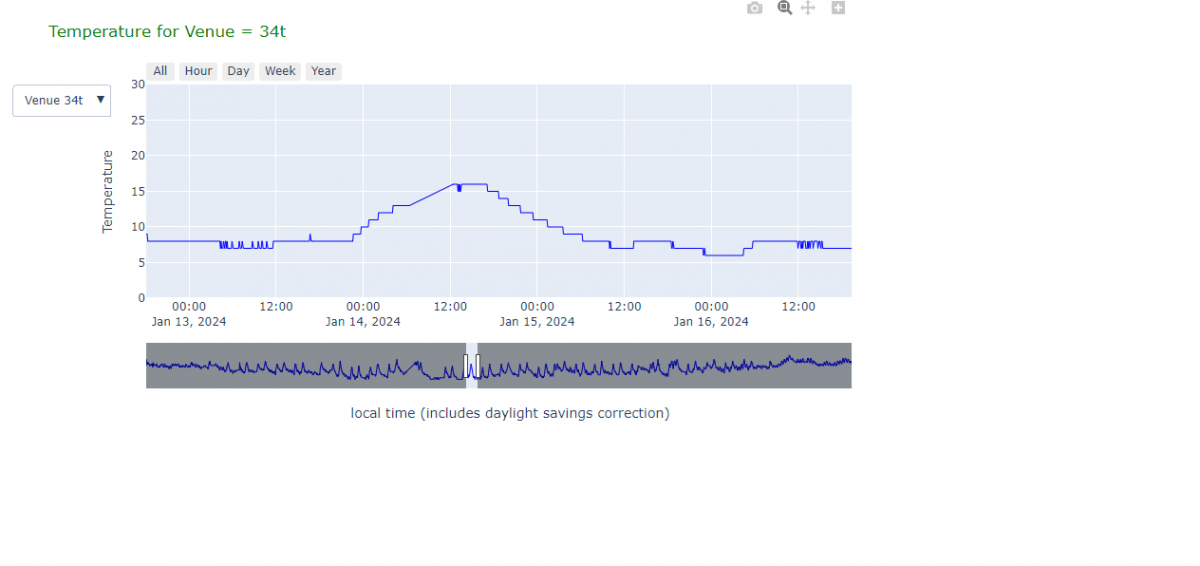

Our groups tell us the thermal monitors really help them know what to do, but they’re too hard to use. Here’s what we’re doing about it.

We’re still taking groups on our current programme, but we’re also thinking about some different formats that might suit groups in special situations.

The Scottish Episcopal Church is gathering to talk about many things this week, including their Net Zero plans. So we’re reflecting on what their groups achieved when they took on our programme.
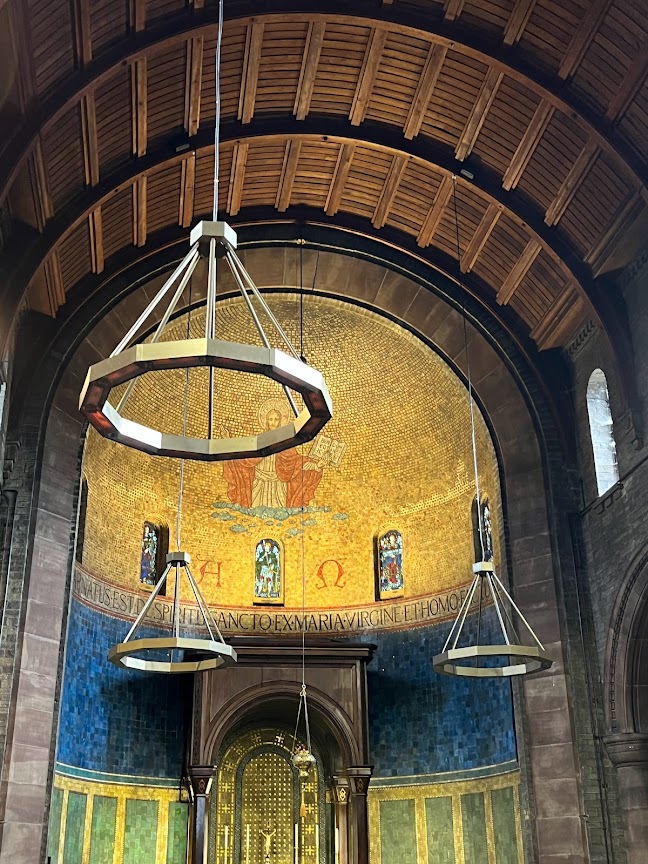
This week, Jack Nevin, Net Zero Innovation Coordinator for the Scottish Episcopal Church, visited St Chad’s Bradford to attend a demonstration of the new Herschel ‘Halo’ Infrared Heater system. On this visit, Jack observed the effectiveness and sensitivity of this emerging heat system in a church environment.
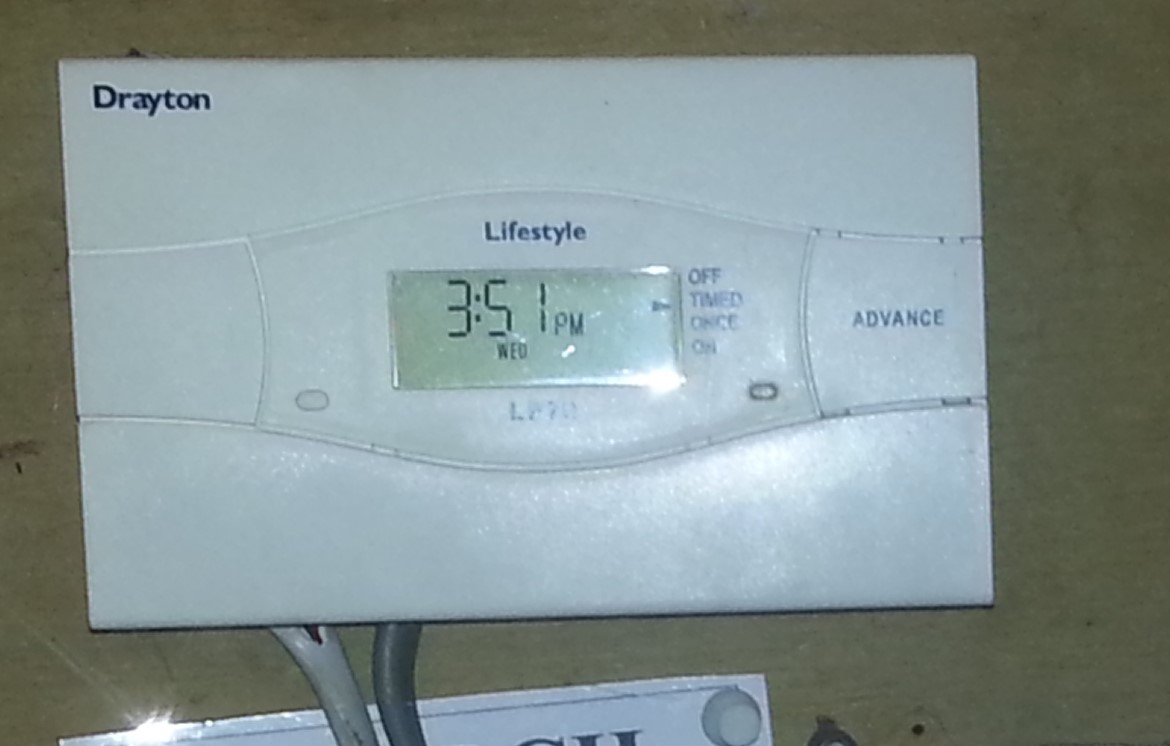
If your community building’s heating controls are a bit short on energy efficiency features, part of what we do in HeatHack is meant for you. Read about how past groups have curbed their fuel use. We give help in our online guide and have a special event in Edinburgh to get you started.
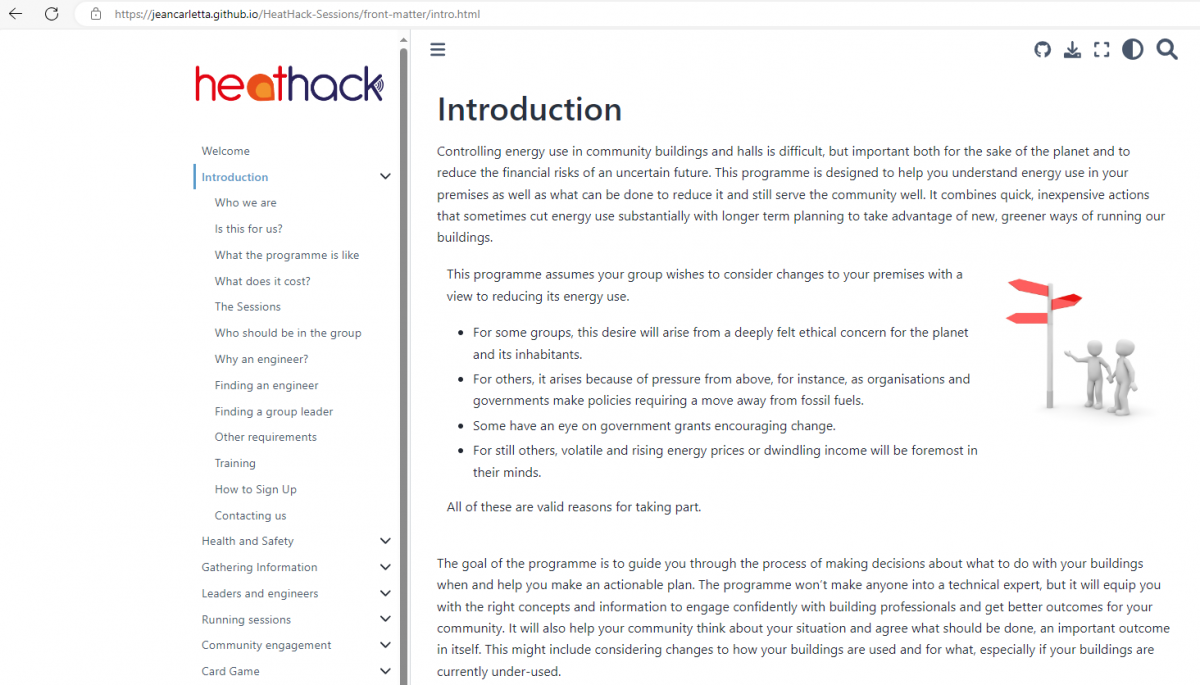
Our improved guide book now has everything in one place – great for those thinking about participating as well as those already involved.

We are holding a webinar with the Scottish Episcopal Church about their new HeatHack-based Net Zero Workshops – Wednesday, 4 October at 7 pm. If you can’t make it, just get in touch!
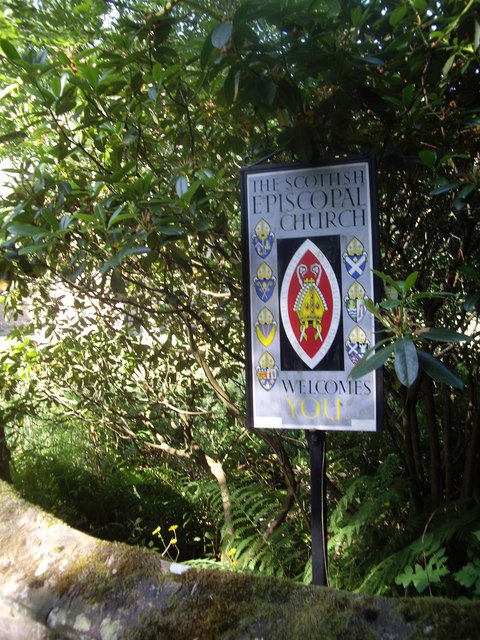
The Scottish Episcopal Church will be running an adapted version of our programme starting in the autumn. Here’s how to sign up or find out more.

Interested in the HeatHack programme? Need to know if it’s for you? You’re welcome to join Jean Carletta, who started HeatHack. Monday 31st July 2023 at 10:30am This is an online event via Google Meet. Who it is for: This brief introductory call offers a Q&A opportunity to learn more about what is involved when […]
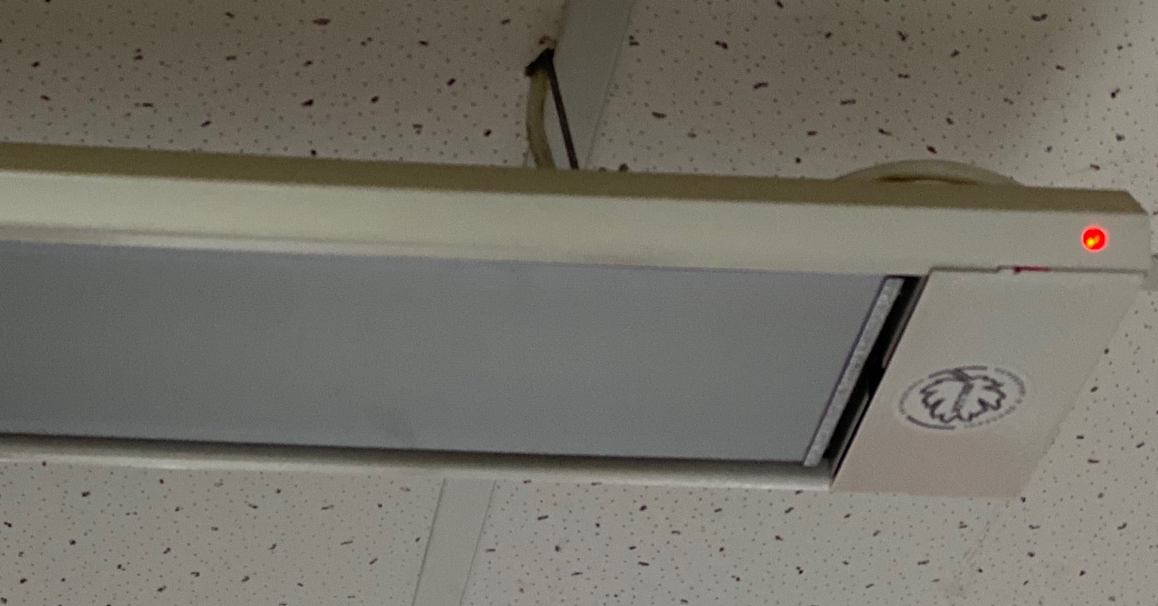
Getting the right design for a radiant panel installation is crucial, and we have a few groups asking us for advice about this. We’ve asked our expert advisor and this is what he’s told us.